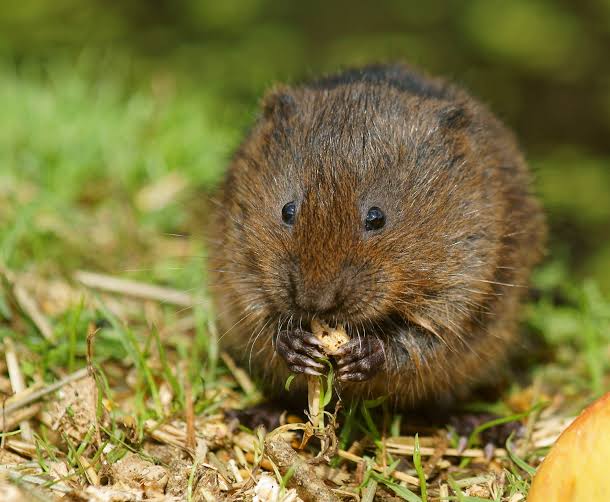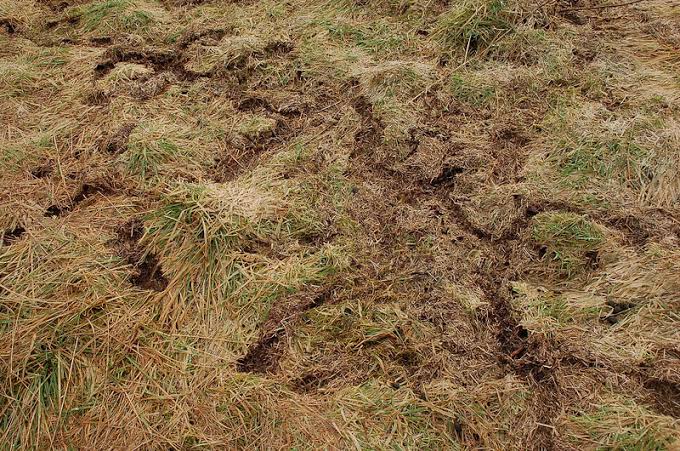
Voles are vulnerable! These creatures appear to be adorable, fluffy, and innocent, but they’re also a nightmare to deal with. Homeowners with yards face the threat of these critters massacring their lawn. You may have vole infestation if you find holes, clumps of turf and gravel, or scattered leaf litter around the lawn.
Voles aka Meadow Mice are small mammals. They closely resemble mice but have a more stout body and a blunt nose. They spend most of the time underneath, burrowing and creating a series of tunnels. These tunnels are mainly used for the storage of food but also, they give birth and raise their pups in these tunnels.
Voles seek to create their tunnels in dense, leaf litter. They chew on roots and sashes which lead to significant damage to plants like parsley. These herbivorous critters are more engaged in eating in your property’s vegetation and the worst part is they are prolific i.e. they multiply quickly!
These are some incidents where voles were blamed for the destruction of plants.
“Vole infestation causes damages of over half a billion crowns”
Damages to the grain harvest caused by the widespread infestation of voles have reached half a billion crowns so far, the Czech Republic’s Agricultural Association announced at a press conference.
The damage to grains and other crops was assessed on an area of 87,000 hectares of land, which represents around one-fifth of the country’s arable land.
The voles have decimated mainly the grain harvest but according to the country’s Agricultural Association, they are also threatening rapeseed crops, corn, sugar beet, and sunflower production. The area most hard-hit by the overpopulated rodents is South and Central Moravia.
“Voles populating Chino Hills”
Numerous calls to the city and the West Valley Mosquito and Vector Control District have been made in response to an increase in the vole population in Chino Hills and the surrounding area.
According to Janet Hartin of the UC Cooperative Extension, a vole is a rodent known as a “meadow mouse” that likes to inhabit urban landscapes with grass and other covers to feed on. They prefer loose, deep garden soil that allows them to burrow more easily.

Rural and natural areas have had a boom of vegetation that creates shelter and food for the rodents. As food sources dwindle and vegetation dries out, the critters are pushed into urban areas that are watered and still lush.
Trapping and baiting are the most common methods used for controlling the population of voles. But each method comes with drawbacks such as traps can injure the voles or they can try to escape if it is open by mistake. Improper placement or wrong dosage makes bait ineffective.
So, what can be done to control those critters?
Imagine the scenario, if you’ve worked so hard and invested heavily to create your lawn magnificently, and now you’re annoyed as those tiny yard invaders are forming dead patches and tunnels in your lawn then, you’re not alone! Let us take good care of your vole dilemma before they wreak havoc in your yard.
We at C Tech Corporation developed environment-friendly, non-hazardous, non-toxic, non-mutagenic, and non-carcinogenic product range to fight the problem without killing the pests.
Our product, Rodrepel™, is anti-rodent and animal aversive that works on 6 prolonged repellence strategies which not only effective against voles but will keep away other rodents like squirrels, rats, beavers, and gophers.
This product works by using a series of highly evolved subtle mechanisms to keep rodents away from the target application.
Rodrepel™ is available in the form of a masterbatch, liquid concentrate, lacquer, wood polish additive, and spray.
Fencing, water pipes, agricultural films, tree guards, wires, cables, and other applications can be manufactured by incorporating our masterbatch. This will result in the end application being rodent repellent.
The liquid concentrate can be mixed with paint in a predetermined ratio and can be painted on the interior and exterior of houses, gardens, etc. to protect it from voles attack.
Lacquer is a topical application and compatible with most surfaces like polymer, wood, ceramic, metal, concrete, etc. It can be applied directly on pipes, tree guards, dripping systems.
Wood polish additive can be blended with wood polish and applied directly on wooden ornamentals and fences.
The ready-to-use Rodrepel™ spray can be sprayed on the infested area or the surface to be protected.
The product is compliant with RoHS, RoHS2, RoHS3, REACH, APVMA, NEA, EU-BPR, and FIFRA exempted.
By using Rodrepel™ you will get an effective and efficient solution against menace caused by voles and other rodents.
Contact us at technical.marketing@ctechcorporation.com to keep the pests away.
Also, visit our websites:
1] http://www.ctechcorporation.com/
Follow our Facebook pages at:
1] https://www.facebook.com/Combirepel-411710912249274/
2] https://www.facebook.com/Termirepel-104225413091251/
3] https://www.facebook.com/Rodrepel-120734974768048/
Follow us on our Twitter pages at:
1] https://twitter.com/rodrepel
